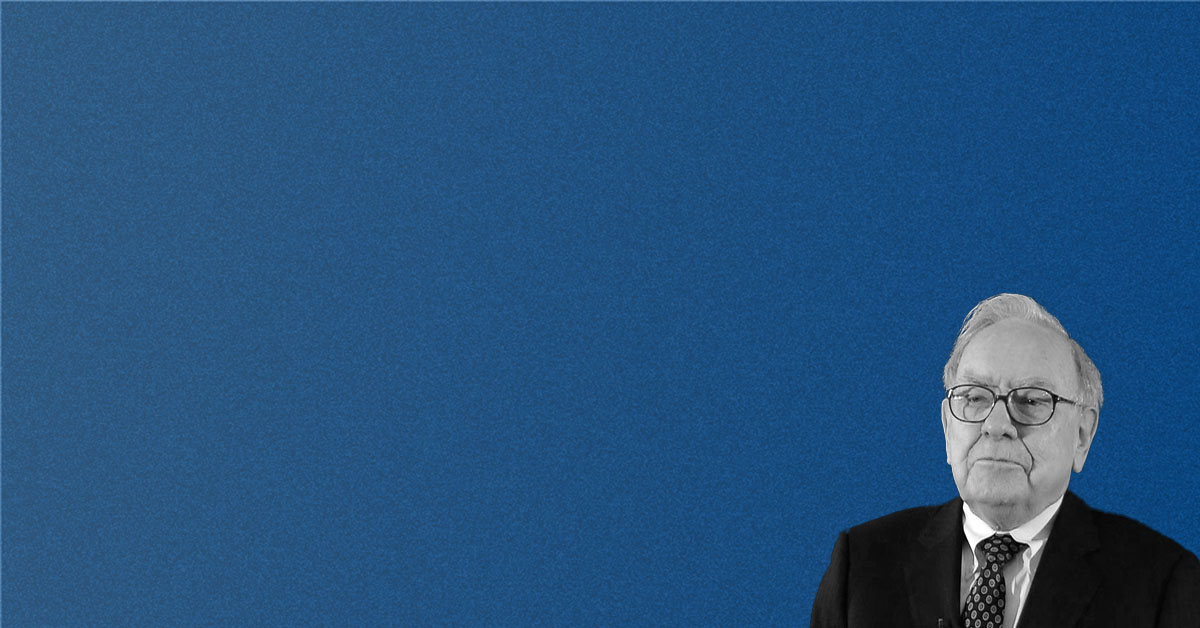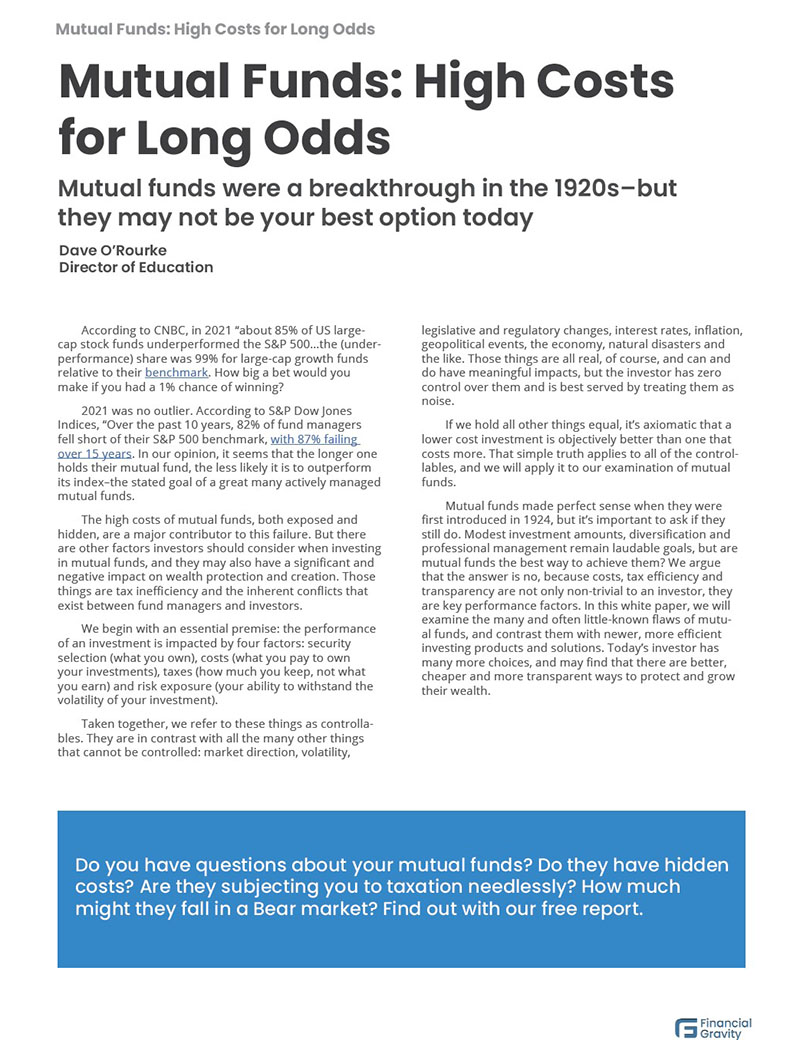As Warren Buffett formally steps back from the leadership of Berkshire Hathaway, financial professionals and investors everywhere are reflecting on a career that reshaped the investing world. From a struggling textile company in 1965 to a global conglomerate with a market cap over $1 trillion by 2025, Buffett’s stewardship has not only been remarkably profitable—it has become the gold standard of disciplined, long-term investing.
The GOAT of Investing
It’s hard to be hyperbolic when it comes to Warren Buffett. Start with this: He was a self-made man. In 1956, at age 26, Buffett launched Buffett Partnership Ltd., with $105,000 in assets under management, of which only $100 was his own capital. From these modest beginnings, he ultimately became one of the wealthiest individuals in history. He ran Berkshire Hathaway for nearly 60 years, generating compound returns of nearly 20% annually. His career is a case study in disciplined, long-term capitalism—without shortcuts, hype, or scandal.
Buffett demystified investing for millions. Through his letters, interviews, and shareholder meetings, he taught the public that financial success doesn’t require brilliance, but rather patience, common sense, and consistency. His iconic quotes, such as “Be fearful when others are greedy…” have become embedded in the industrial lexicon and appear on countless investing websites.
He championed ownership over trading, value over trends, and ethics over expediency. In an industry often driven by short-termism, Buffett modeled what it means to be a thoughtful steward of capital. His integrity and transparency earned him deep trust from everyday investors to CEOs and presidents.
The God of Performance
Here, in three short bullet points, is all anyone would ever need to know about Buffett’s track record, and why it will likely never be equalled:
Total Return: Since 1965, Berkshire Hathaway has delivered a staggering 5,502,284% total return, compared to roughly 39,054% for the S&P 500. A $1,000 investment at the start of Buffett’s tenure would be worth over $55 million today.
Compound Annual Growth Rate: Buffett’s record equates to a 19.9% CAGR, nearly double the S&P 500’s 10.4% over the same period, and he sustained that level for nearly six decades.
Bear Market Mastery: Buffett didn’t just outperform in bull markets. In 11 out of 13 years when the S&P 500 posted negative returns, Berkshire Hathaway outperformed, and in seven of those years, Buffett delivered positive returns.
Few, if any, investors have matched that kind of sustained excellence. Not one that we know of did it for 60 years.
Discipline and Simplicity at the Core
Buffett’s secret was never about chasing trends or timing markets. It was about three timeless principles: buy quality businesses, hold them long term, and avoid unnecessary complexity. He was a relentless teacher of these principles, sharing them publicly in his annual letters and famously transparent shareholder meetings. Investors worldwide learned from his simplicity, his humility, and his track record.
The average holding period at Berkshire Hathaway is 21 years—a stark contrast to today’s market, where average holding periods for U.S. stocks have fallen to just 5.5 months. Buffett believed in owning businesses, not trading tickers. His focus was on durability and long-term value, not short-term price movement.
Buffett didn’t coin “economic moat” or “margin of safety,” but he mastered and popularized both, becoming more famous than his mentor, Benjamin Graham, who did invent the terms.
Economic moat refers to a company’s ability to fend off competition through branding, pricing power, cost advantages, or regulatory protections. Buffett sought companies with wide moats, like Coca-Cola, Apple, and American Express.
Margin of safety means buying at a discount to intrinsic value to protect against downside risk. As Buffett often said, “It’s far better to buy a wonderful company at a fair price than a fair company at a wonderful price.”
Together, these principles defined Buffett’s discipline and helped him avoid the traps that have ensnared so many others, including the great majority of retail investors.
Lessons for Advisors and Clients Alike
Buffett’s legacy should resonate deeply with financial advisors, not just the investing public. He taught us that wealth isn’t built by outsmarting the market—it’s built through clarity, conviction, and time. In an industry increasingly driven by technology, noise, and short-term pressure, Buffett’s career is a powerful reminder: patience is still a competitive advantage.
Buffett gave us more than a performance record—he gave us a philosophy. He showed the world that sound investing doesn’t have to be flashy to be effective. In an era of constant disruption, his approach offers something timeless. As he steps off the public stage, his influence remains strong for clients, for advisors, and for anyone who believes that patience and discipline will be rewarded, while speculation will typically end in failure.








